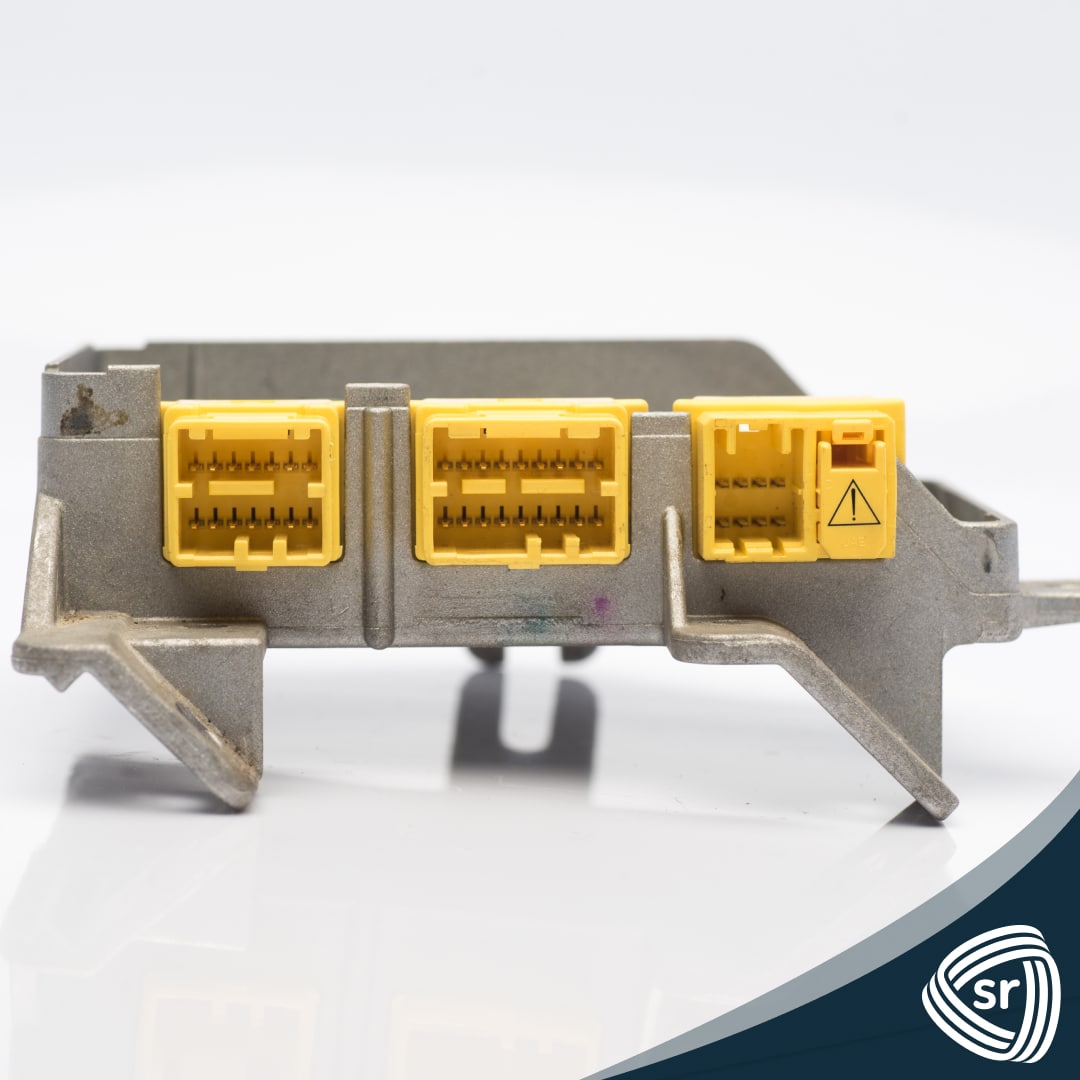As children get older, they are less likely to want to wear seat belts. As a result, parents must provide frequent and visible reminders to their tween children to ensure consistent seat belt compliance. When it becomes a habit that you uphold alongside your child, it will be easy to enforce every day.
As a parent, life is full of compromises, but seat belt safety should not be one of them.
Stats on Seat Belt Use Among Pre-Teens
Most vehicle-related accidents in recent years were due to not wearing a seat belt at the time of impact. In 2012, 37 percent of 8-15-year-olds were in the front seat when killed in car accidents. In 2015, many passengers got killed in car accidents involving children from 8-15 years old who didn’t buckle up. Children continue to be the group with the highest number of fatalities.
Reasons Pre-Teens Don’t Like to Wear Seat Belts
Many teenagers dislike wearing seat belts because they believe it is uncool. Others complain that seat belts are uncomfortable or that wearing one will wrinkle or ruin their outfit.
Teens may not wear seat belts for a variety of reasons, including:
- Forgetting
- Thinking they are unnecessary for short rides
- Seeing their friends ride unrestrained
- Convenience
- Wanting to recline more than a belt allows.
With reasons like these, it is clear that many teenagers are unaware of the significance of wearing a seat belt. This is an important safety feature that should not be overlooked.
3 Things You Can Do to Keep Your Children Safe
Setting a good example is one of the most important things you can do as a parent. Before you start driving, always buckle up, and make sure all of your passengers have done the same. Following these guidelines can assist parents in keeping their teenagers safe even when they are not driving with them.
1 – Set a Good Example
Children watch their parents drive from a young age and pick up on good and bad driving habits. Long before they take the driving test, they develop good driving habits. If you consistently buckle your seat belt and ensure that everyone in the car is belted in, your teen will be more likely to do the same.
2 – Inform Your Teen about the Statistics
The statistics on teen seat belt use are public; make sure your teen is aware of them. Explain how wearing a seat belt lowers the risk of a fatal injury.
3 – Encourage Your Kids to Buckle Up, All the Time!
Positive reinforcement can go a long way! Educating your teen on the importance of wearing a seat belt can also help your child understand this potentially life-saving safety mechanism. Put in writing the driving rules and restrictions on which you and your teen both agree. In that way, they will know and abide by the law and help them keep safe when riding or driving.
Conclusion
Now that you and your children understand the importance of seat belt safety, it’s time to make sure the gear is in good working order. When used correctly, seat belts can last for as long as your car can. However, it should be maintained or repaired when it isn’t working correctly. Professional service will ensure your seatbelts are able to better protect everyone riding in the car.
If you require seat belt replacement or repair, contact Safety Restore! Our professional seat belt repair services will cater to your specialized needs and requirements!


